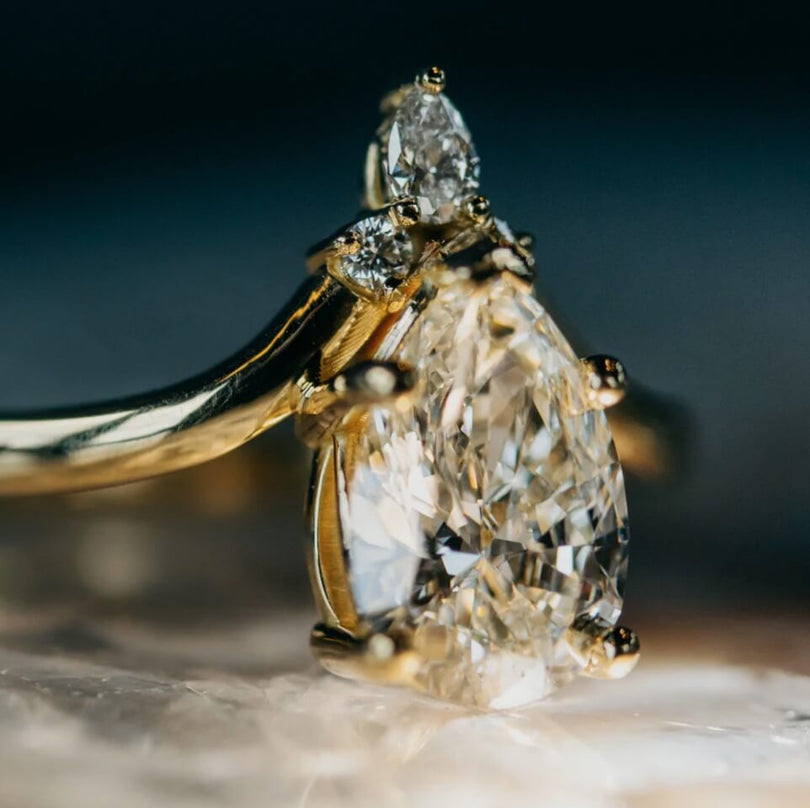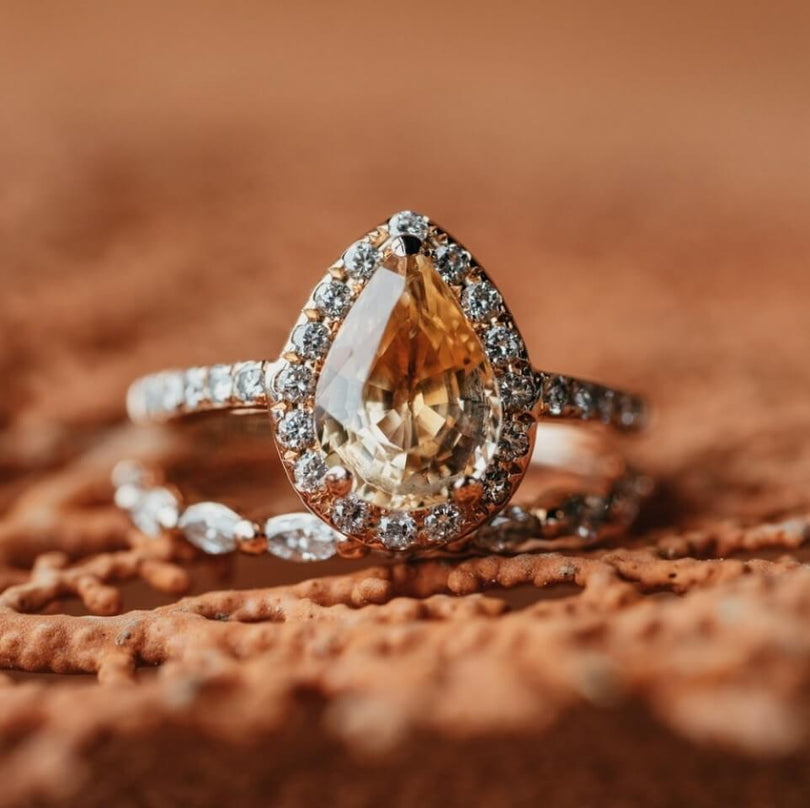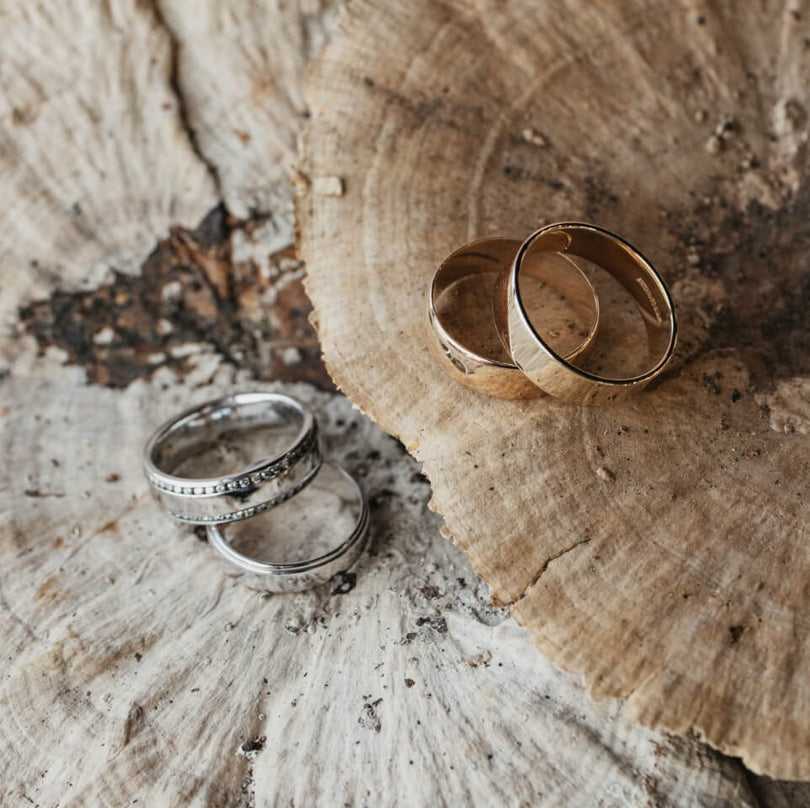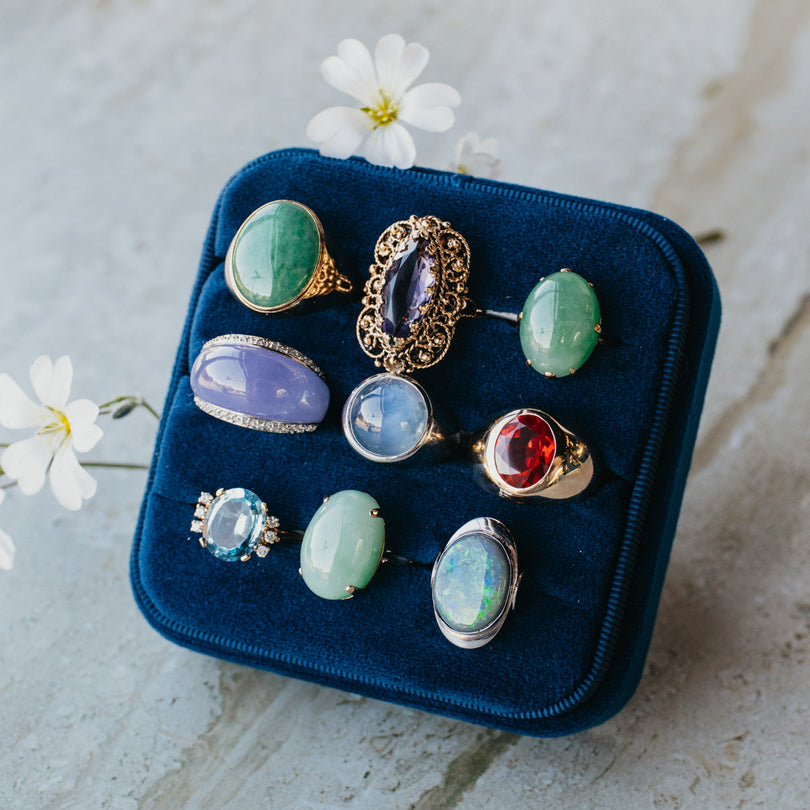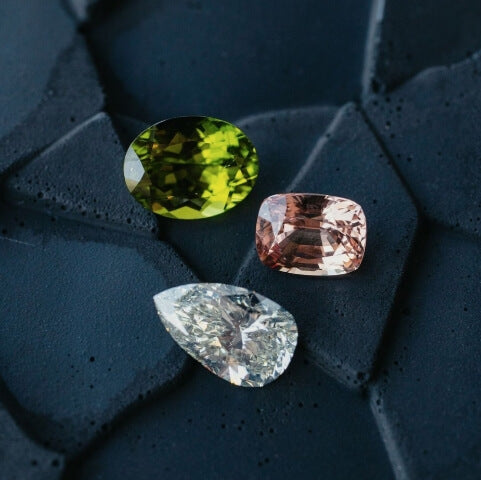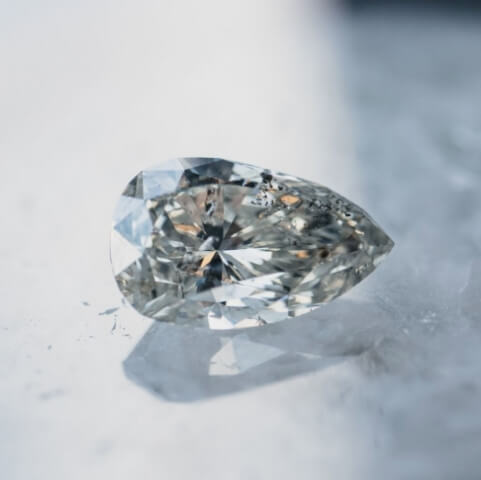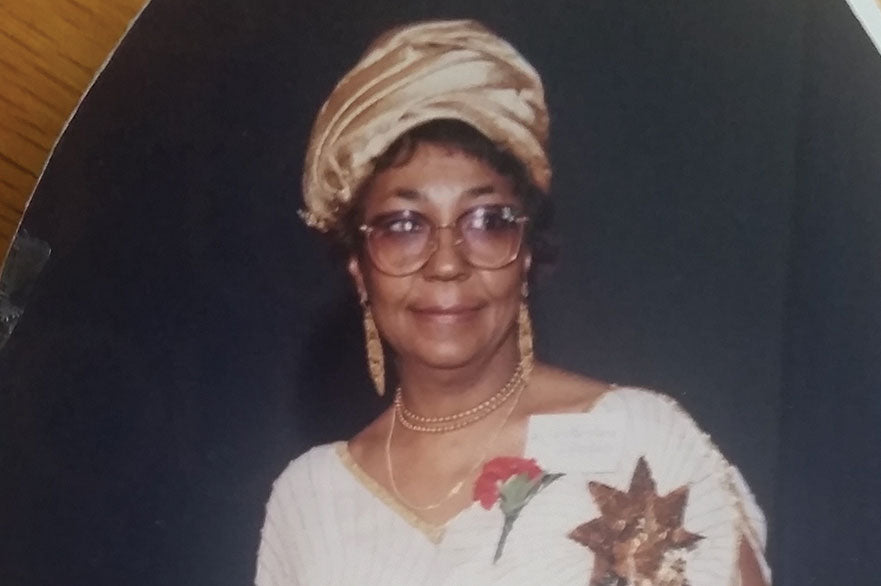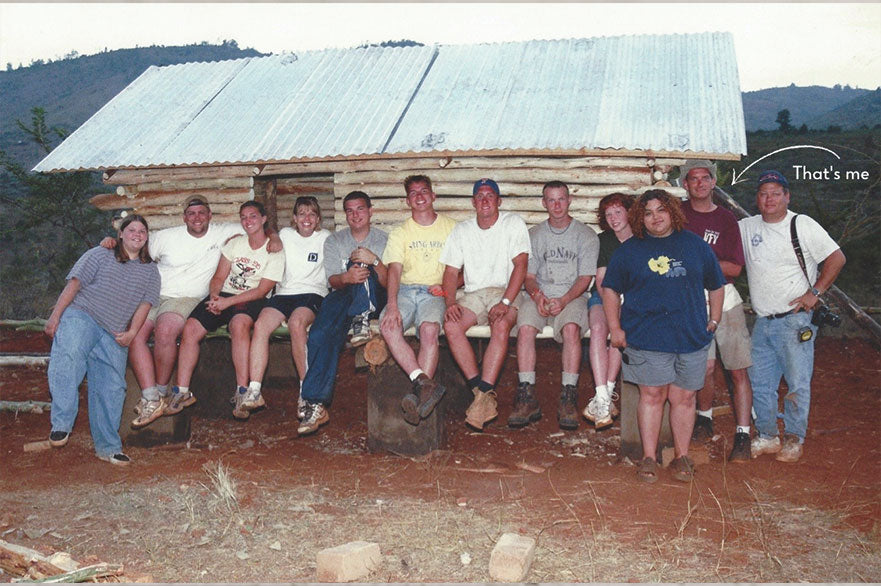There are so many reasons people love jewelry. My love affair began as a child in the woods of New England searching for tiny almandine garnets; their rose-red hues glinting subtly in the sands of the riverbeds of my hometown.
"My 'Grams' was a huge jewelry collector, and I grew up admiring my other Grandmother's wedding set on my mom's finger, knowing someday I would have the honor of wearing it as well."

I've met such a variety of wonderful people in my journey as a jeweler and jewelry designer. From rockhounds (a geologist or amateur collector of mineral specimens), vintage treasures hunters, custom art lovers and so much more. Whether it's a single piece that holds your heart, or a collection curated to represent you, we place a lot of sentimental value in these beautiful rare objects.
No matter what the reason, the most common feedback I hear from my clients is how much they treasure the history of a piece. A well-built and maintained piece of jewelry can last many lifetimes. Look at the gold-smithing of the Egyptian Pharaohs, the intricate carvings of Dynastic Chinese Jade, the craftsmanship of beadwork of the Indigenous peoples of the Americas. When we're lucky as jewelers, we know exactly when, where, and why something was made. Many times in my career clients just want to know more about a piece they've inherited.
"As jewelers, we do the best we can to use context clues, our knowledge of the craft, and education of aesthetic eras to narrow things down as best as possible, but individual family history can be lost without proper documentation."
If you want to make sure your future descendants can have the context behind the piece, there are several ways to preserve the history. A formal appraisal is always a good idea for a piece that is worth over $1000. This will document all the specifications of the piece, giving context to anyone reading, as well as providing replacement value information sufficient for insurance coverage. If you have a precious gem that you would really like to know where in the world it came from, sending it the Gemological Institute of America, or GIA, will give you a closure on that mystery.
These are great formal options, but what about the personal history? One of my old mentors' simplest suggestion is also one of the most effective; write a tiny note of when it was purchased, by whom, where, and for who. Fold that note and keep it in the box that the piece came in. For added documentation in the digital world, take a photo and record those same details on a shared family drive. I personally keep a private cloud-based folder that I share with a handful of family members. It contains family photos with dates along with other relevant family documentation. It has also become a place to keep records of family jewelry. Engraving a piece with names and a date is a good option, but it does fade with wear so it should never be a primary source of documentation. I've also seen people write the year and name of the person to most recently receive it on the inside of bottom or the jewelry box, save the documents of sale, or leave a photo of the loved one wearing it with the box.
Whatever you ultimately decide to do to preserve the history of your jewelry, just know that the next person to wear it will appreciate your efforts so much. Ultimately our jewelry is more than just a pretty piece, it tells a story. Be sure that story can be appreciated for many lifetimes as possible.
Dedicated to my first mentor, jeweler and designer Andrew, 'Drew' Thomas. He is tragically no longer with us, but always said that jewelry was his way to live forever, and he was right.


